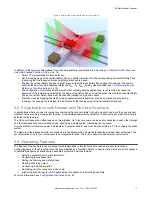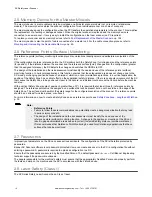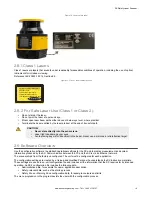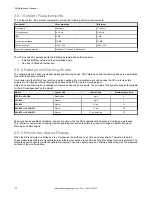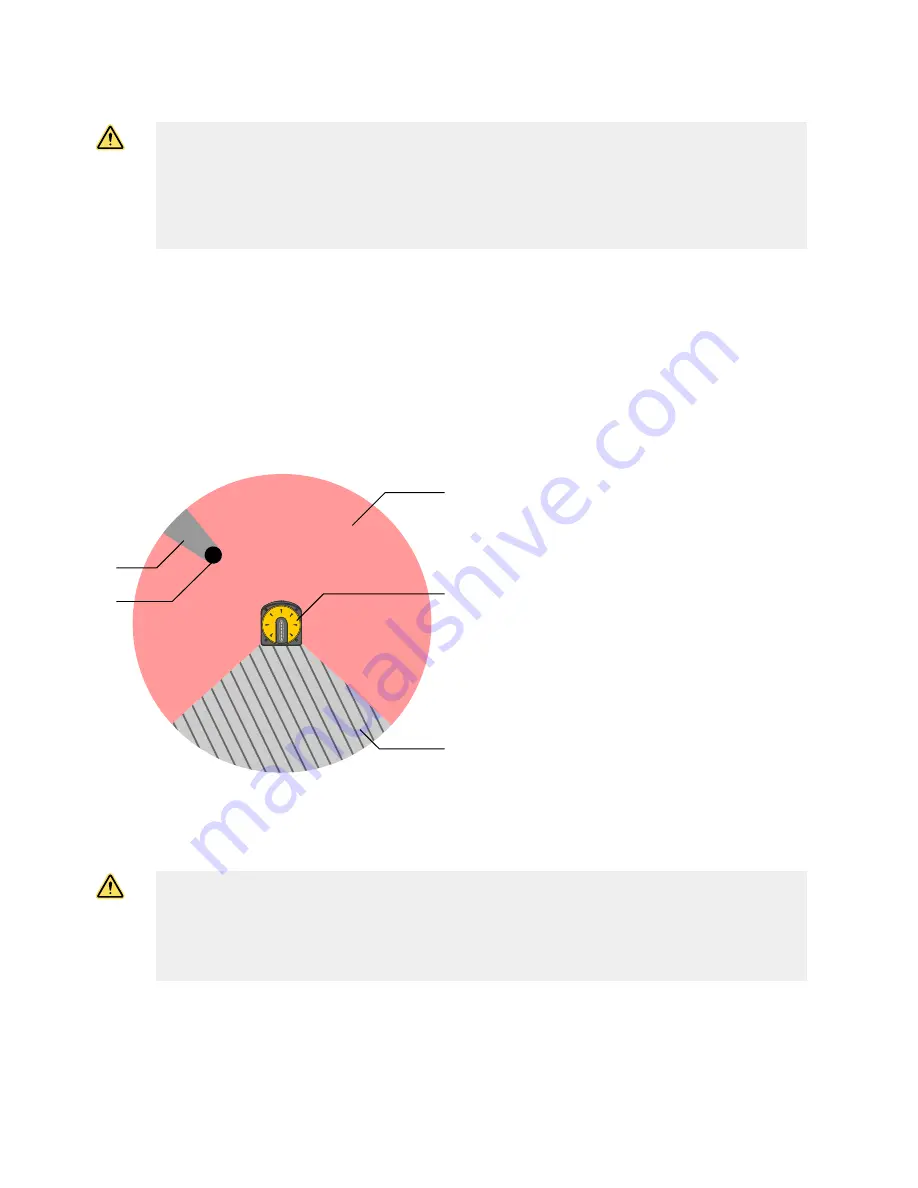
Shadowing Within the Safety Zone
WARNING:
•
Permanent and moveable objects in the Safety Zone can create a shadow that results in an
unprotected zone that may provide an access route to the hazard.
•
Failure to eliminate access routes caused by the shadowing effect could create a potentially
dangerous condition that may lead to serious injury or death.
•
Eliminate any unprotected access routes by repositioning the SX, installing additional SXs, or by
adding supplemental safeguarding.
Objects that are located within the Safety Zone create an unmonitored area directly behind the object. This area is best
described as a shadow, since the light emitted by the SX cannot bend around or penetrate through solid objects. The shadow
effect can be caused by both opaque and transparent objects.
Any unmonitored areas resulting from the shadow effect must not allow unprotected access routes to the hazard. This can be
prevented by repositioning the SX, installing additional SXs, or by adding supplemental safeguarding.
If the object is moveable, such as a scrap bin, do one or more of the following:
•
Locate the unmonitored area at a greater distance from the hazard than the calculated safety distance;
•
Enable an alternate Zone Set when the object is relocated; or
•
The moveable object must be interlocked to stop and prevent the safeguarded hazard, if the object is moved.
•
Identify the object with Reference Points (see
Reference Points (Surface) Monitoring
on p. 18)
Figure 18. A shadow within the Safety Zone
2
1
3
4
5
1. Scanner
2. Safety Zone
3. Unmonitored area
4. Obstruction (for example, a
building column)
5. Unmonitored area because of
the shadow effect
Needle- and Cone-Shaped Safety Zone Contours
WARNING:
•
Needle- and Cone-shaped Safety Zone contours
•
Boundaries or contours that rely on too few measurement points (e.g., one or two) may not reliably
turn OFF the OSSDs when an object is present.
•
Any safety distance calculations must consider and resolve the effects of needle- or cone-shaped
Safety Zones.
Needle- and cone-shaped Safety Zone boundaries are not recommended, because they may not reliably detect and respond
to objects (for example, turn OFF the OSSDs), compared with smooth-field boundaries made up of multiple measurement
points. Two effects are to be considered:
1. Not identifying the proper size of the detected object (outward cone shapes), and
2. An increase in resolution (inward cone shapes).
SX Safety Laser Scanner
28
www.bannerengineering.com - Tel: + 1 888 373 6767




